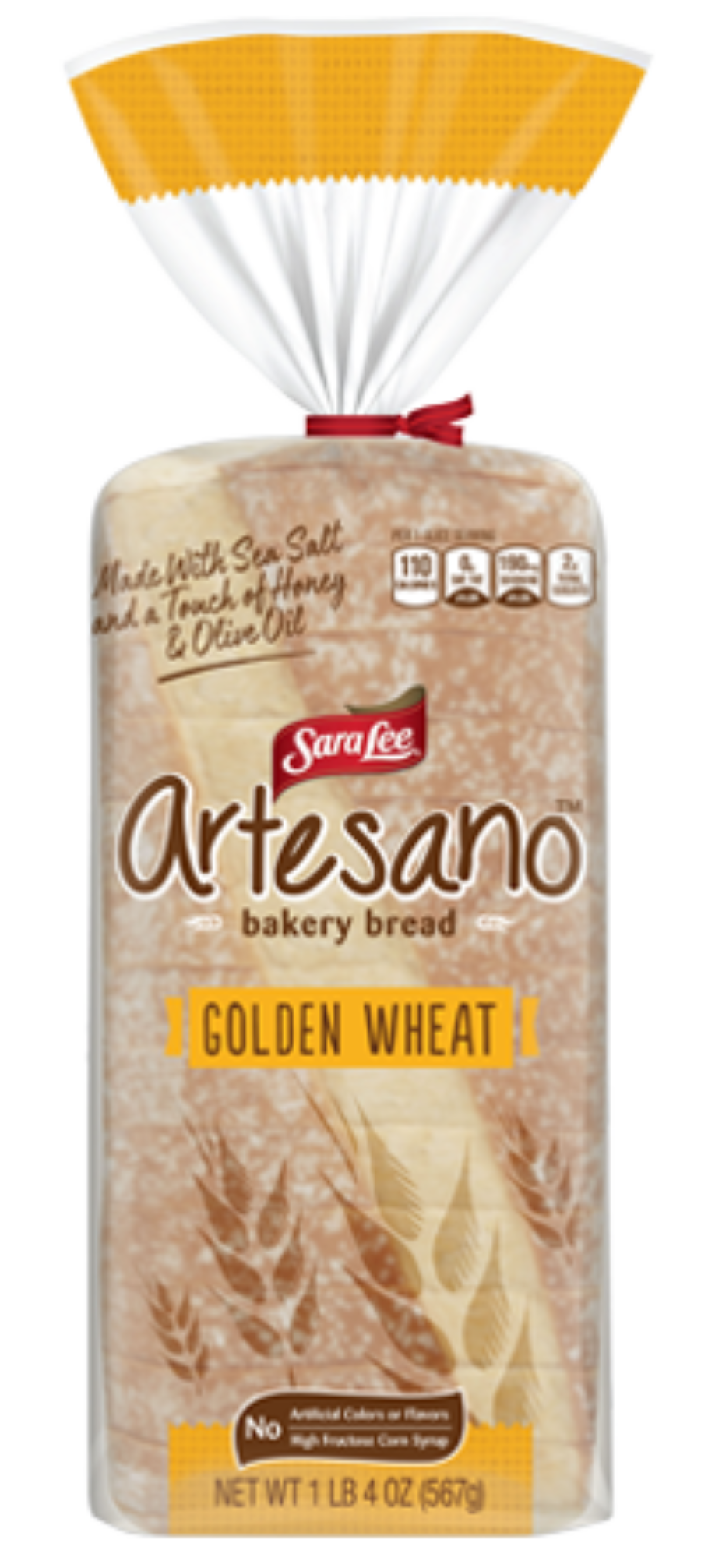
Honey and bread have been a magnificent pair since the first loaf of leavened bread were baked. In bread, honey provides excellent flavor, functionality, and moisture. It helps naturally extend shelf life and gives consumers what they want: all-natural sweetness. There are countless reasons why bakers have used honey in bread for thousands of years. However, there also are many current bread trends that position honey as a go-to ingredient in 2020.
Trend: Clean Labels and All-Natural Ingredients
With clean labels being on the forefront of consumer demand, all-natural honey’s singular ingredient — honey — is a welcome addition to products in the bread aisle. In addition to providing a familiar ingredient, honey also performs multiple functions in bread, including inhibiting mold formation.
Zingerman’s Bakehouse has developed State St. Wheat, a hearth-baked sliced bread with just a few ingredients, including honey, wheat, olive oil, rye, and sea salt. Freshly milled soft white wheat is combined with stone-ground, high-extraction hard red spring wheat flour. Then, the naturally leavened dough is mixed with a touch of honey and olive oil for a same-day fermentation. Loaves get a gentle bake in convection ovens to achieve a thin, relatively light-colored crust.




